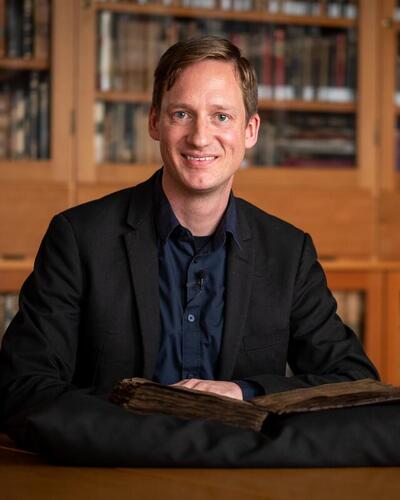Nordic Law Books: The Production and Use of Vernacular Law Manuscripts in the North from 1100 to 1600 (NordicLaw)
The project will investigate common aspects of the best-preserved genre of writing of the medieval North: the laws.

Main content
NordicLaw investigates common aspects of the best-preserved genre of writing of the medieval North: the laws. Based on thorough methodological expertise from the fields of philology, codicology, (legal) history and art history, the main objective of NordicLaw is to create a common hermeneutic and theoretical understanding of Icelandic, Norwegian, Danish and Swedish law manuscripts and fragments from the Nordic Middle Ages (ca. 1100–1600).
In addition, NordicLaw will explore international influence in these law manuscripts and fragments and will show direct links to societal circumstances and changing modes of production during a time of vastly expending international contacts and trade within the North, as well as political changes. Mostly based on material evidence, NordicLaw intends to renew our understanding of political and societal Nordic and international relations in the Middle Ages.
The ambition of NordicLaw is to establish a comprehensive and critical assessment of the legal writing of northern Europe in the High Middle Ages. While research has hitherto seen the Nordic law manuscripts mostly as national products, NordicLaw will study them from common Nordic perspectives. In addition, the manuscripts will be reviewed as literary works and material objects in their own right. This will be done through interdisciplinary research on textual, codicological and art historical levels. In this regard, NordicLaw will not only have an impact on the research conducted in the disciplines directly related to the project but will also have an impact on the public interested in international historical relations, including the material cultures.
